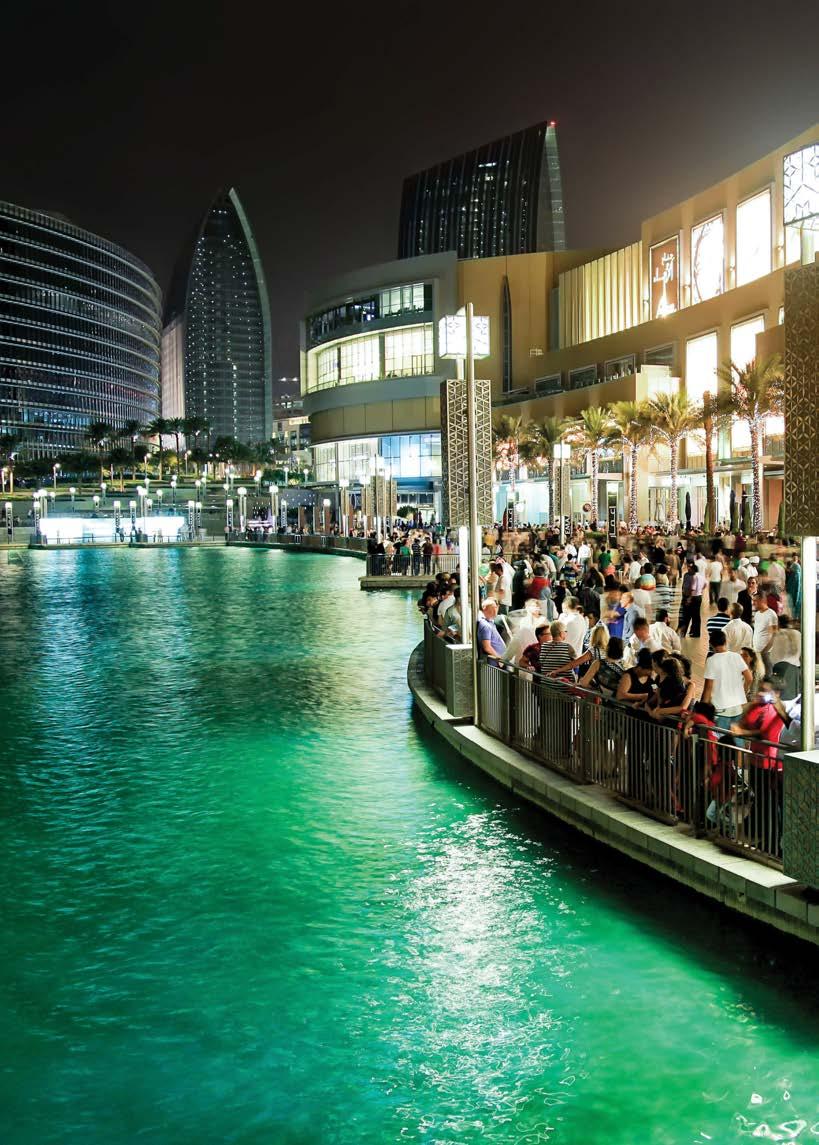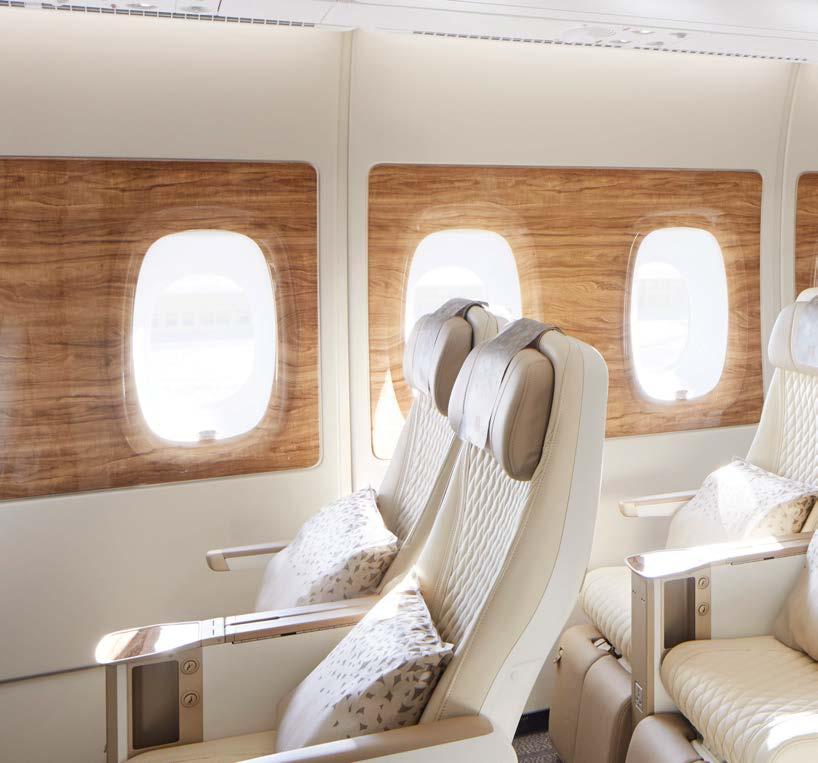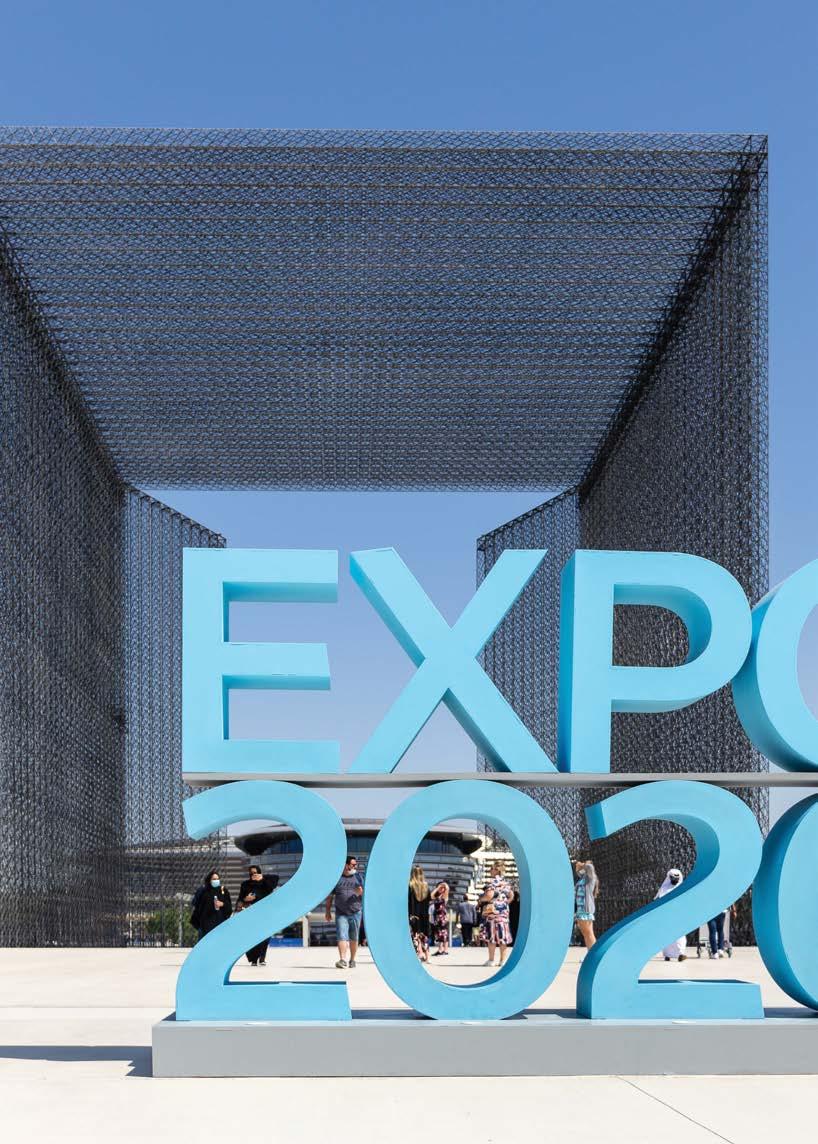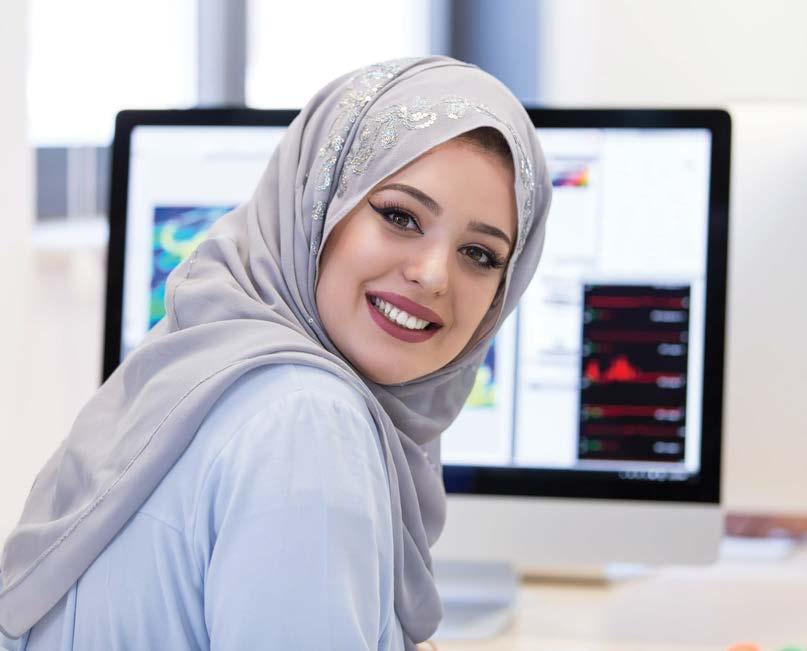
4 minute read
Welcome
It is with tremendous pleasure that I welcome you to the returning Arab-Irish Magazine. As many of you will be aware, this publication ran successfully for many years and was enjoyed by a wide and varied readership but has recently been on a hiatus. Now, however, in partnership with Devlin Media, we are delighted to witness its second coming – and we hope that you will be, too.

Advertisement
Ahmad Younis, Secretary-General & CEO at Arab-Irish Chamber of Commerce.
The magazine — which is planned as a bi-annual publication — will, as ever, see the main focus on the ever-evolving synergy between Ireland and the Arab world. The Arab-Irish trade situation is particularly important, and will be covered in-depth.
Last year I was delighted to celebrate the remarkable growth in Irish exports to the Arab World. Figures for 2020 witnessed a rise of 6.4 per cent on those for 2019. This performance occurred despite the first year of the pandemic and the second full year of Brexit impact. Now I am equally delighted to see further progress. For full year exports, we know from Bord Bia’s latest report that Irish exports of Food and Drink worldwide rose to a record level of €13.5 billion. While full-year official statistics are not yet available on a country-by-country basis, the signs from key Arab countries are very encouraging.
Between January and November of last year, for example, exports to Saudi Arabia were 7.3 per cent higher than during the same period a year ago. That is six times faster than the rate of growth in total trade over the same comparison period.

Saudi Arabia is Ireland’s largest Arab trading partner and, in 2020, accounted for one-quarter of all exports to the Arab region – which is highly encouraging. There was even stronger export growth over this period to Morocco (+76.3 per cent growth), Syria Arab Republic (+31.7 per cent) and Sudan (+17.1 per cent).
At the same time, exports held steady in the United Arab Emirates, although declines occurred in exports to Iraq, Kuwait and Bahrain. While a fuller picture for the Arab region awaits publication of the full-year set of figures for 2021, these trends in exports to some of Ireland’s larger Arab trading partners are certainly promising.
Similarly promising is the outlook for Ireland’s economy in the coming few years. Government and Central Bank forecasts detail robust growth in economic output and job creation in 2022, with the multinational sector playing a key role. In its latest World Economic Outlook forecasts (prepared in October 2021), the IMF project Ireland’s real economy, as measured by Gross Domestic Product, to average at close to 3 per cent in the coming five years. some 160,000 jobs will be created during the recovery. But even when the strong multinational contribution to growth is adjusted for, the overall growth outlook remains strong. So-called Modified Domestic Demand measure is forecast by the ESRI to rise from six per cent to seven per cent this year.
A key point to grasp is that, while certainly containing a strong element of multinational exports, Ireland’s exports to the Arab world are reasonably broadly balanced between multinational and indigenous exporters. The latter are more labour-intensive sectors such as food, beverages and traditional manufacturing, where demand in Arab states is growing quickly due to demographic factors. For up-and-coming Irish firms, this region presents an excellent opportunity to “get in on the ground floor.”
Despite impressive growth in exports to the Arab world, however, considerable scope remains for further growth. With a combined population of 420 million, the Arab world accounts for more than 5 per cent of the world’s population, while the IMF estimated the combined GDP of this important region to account for between 3.5 and 6 per cent of the world’s total1.
Ireland’s Arab, or “MENA” (Middle East and North Africa)2 - trade partners accounted for €2.45 billion worth of Irish exports in 2020 or 1.5 per cent of the total. That implies the potential for trade to double or treble in the future. As the Arab world grows and Ireland’s economy recovers strongly, we hope and expect trade with our partner countries to reach its full potential. And as that happens, the Arab-Irish Chamber will be delighted to help your company reach its full potential in this land of promise.
On behalf of us all in the Arab-Irish Chamber, may we wish you a very healthy and prosperous 2022, and we hope you enjoy our ‘new’ magazine.
Ahmad Younis
1 IMF (2018) data. In terms of nominal values, the combined GDP of Arab League states amounts to 3.5 per cent of world total, whereas in terms of
Purchasing Power Parity (adjusting for lower price levels – relative to exchange rates - and consequent higher purchasing ability in Arab League states as a whole) the relevant percentage is 6 per cent. 2 Middle East and North Africa. This area is similar to but not identical to the twenty-two member states of the Arab League










